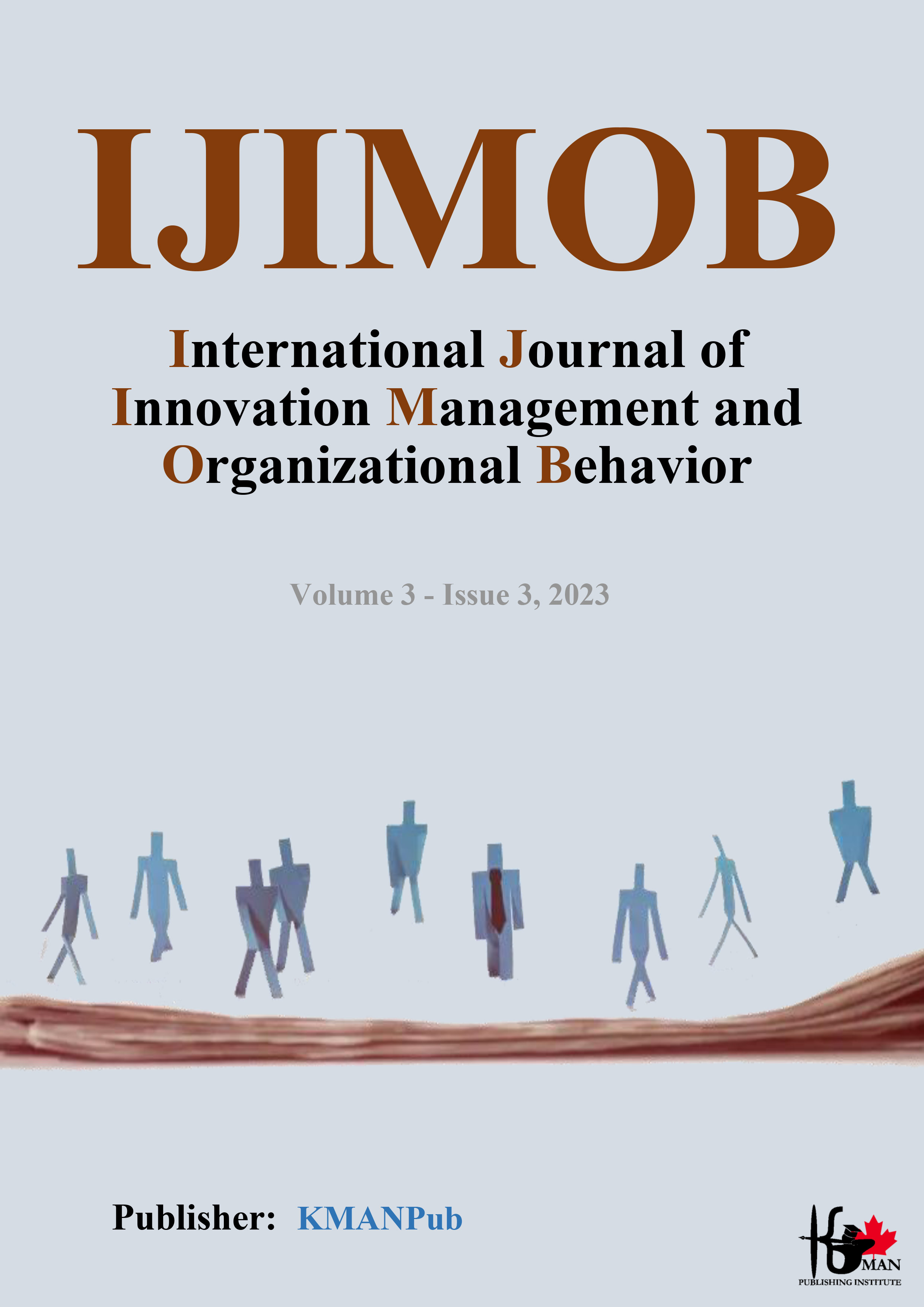Providing a Model of Informal Education to Improve Lifestyle
Keywords:
Informal training, lifestyle improvement, Road, Housing and Urban Development Research CenterAbstract
Objective: The present research aimed to propose a model for informal training to improve lifestyle.
Methods: The methodology was applied and mixed-method (qualitative-quantitative) in nature, following a sequential exploratory approach. The qualitative component involved academic and organizational experts. Theoretical snowball sampling was used to determine the sample, with saturation principle leading to 20 participants. The quantitative component's population consisted of approximately 310 employees of the Road, Housing, and Urban Development Research Center. For the quantitative sample size, Cochran's formula was used, resulting in 203 participants selected through stratified random sampling. The research's measurement tools included both qualitative and quantitative sections. To ensure the validity of the tool in the qualitative part, opinions from professors familiar with the field and academic experts were utilized. Reliability of the interviews was assessed using test-retest and intra-subject consensus methods. The validity of the questionnaire was established using face and content validity, and reliability was calculated using Cronbach's alpha coefficient, which was confirmed. Data analysis in the qualitative part employed theoretical coding as per Grounded Theory Systematic. The qualitative data analysis utilized MAXQDA software 2020. Quantitative data analysis was conducted using SPSS-V22 and Lisrel-V8.8 software.
Findings: The results indicated that the indices, components, and dimensions of the informal training to improve the lifestyle of employees at the research center included nature and methods. Causal conditions included organizational culture and individual factors; outcomes included competence enhancement and empowerment; strategies included organizational support and organizational knowledge; contexts included educational facilities and managerial support; barriers included legal and infrastructural barriers.
Conclusion: Ultimately, a conceptual model of the research was presented, which was deemed to have appropriate validity.
Downloads
Downloads
Additional Files
Published
Submitted
Revised
Accepted
Issue
Section
License
Copyright (c) 2023 Nadereh Ahsan, Fatemeh Hamidifar, Fereshteh Kordestani, Abbas Khorshidi (Author)

This work is licensed under a Creative Commons Attribution-NonCommercial 4.0 International License.
















